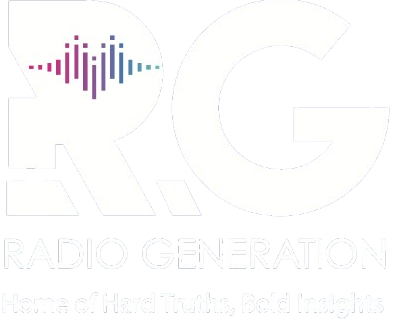39 Kenyan banks roll out fresh crackdown on loan defaulters

Additionally, 33% of the 39 banks polled in the CBK survey projected an increase in personal and household NPLs between April and June 2025.
Kenya's 39 commercial banks are stepping up efforts to recover outstanding loans amid rising concerns over a growing number of defaulters.
The latest Credit Officer Survey by the Central Bank of Kenya (CBK) reveals that while non-performing loans (NPLs) are projected to remain stable or decline across most business sectors, lenders are increasingly uneasy about defaults among individual borrowers.
A non-performing loan (NPL) refers to a loan that remains unpaid for 90 days or longer, indicating that the borrower is likely facing financial difficulties and may be unable to meet their repayment obligations.
Additionally, 33% of the 39 banks polled in the CBK survey projected an increase in personal and household NPLs between April and June 2025.
As a result, financial institutions are ramping up their efforts to pursue loan defaulters nationwide.
The Central Bank of Kenya (CBK) reports that non-performing loans (NPLs) are likely to remain stable or decline in sectors such as agriculture, energy, construction, and tourism.
However, the household segment remains a key area of concern. While 42% of surveyed banks anticipate a drop in overall NPLs, 29% expect them to either increase or stay the same.
In response, banks have intensified recovery strategies, which now include more aggressive follow-ups, restructuring of loan terms, liquidation of collateral, and reporting defaulters to credit reference bureaus.
"These enhanced recovery measures aim to strengthen the overall quality of banks’ asset portfolios," the CBK noted in its report.
Meanwhile, the trade, construction, and tourism sectors recorded the highest demand for credit in the first quarter of 2025, signaling robust economic activity in these industries.
The trade sector led the surge in loan applications, with 66% of banks reporting a rise in credit demand.
Close behind were the building and construction, as well as tourism, restaurants, and hospitality sectors, each with a 55% increase.
The energy and water sector posted a 45% growth, reflecting rising interest in utility and green energy projects.
Real estate and manufacturing also showed strong loan uptake at 43% and 40%, respectively.
In contrast, transport and communication (34%) and mining and quarrying (32%) recorded more modest growth in credit demand.
The financial services and personal and household segments saw the least growth, each at just 26%.
CBK attributed the overall rise in loan applications to heightened working capital needs across various sectors.
